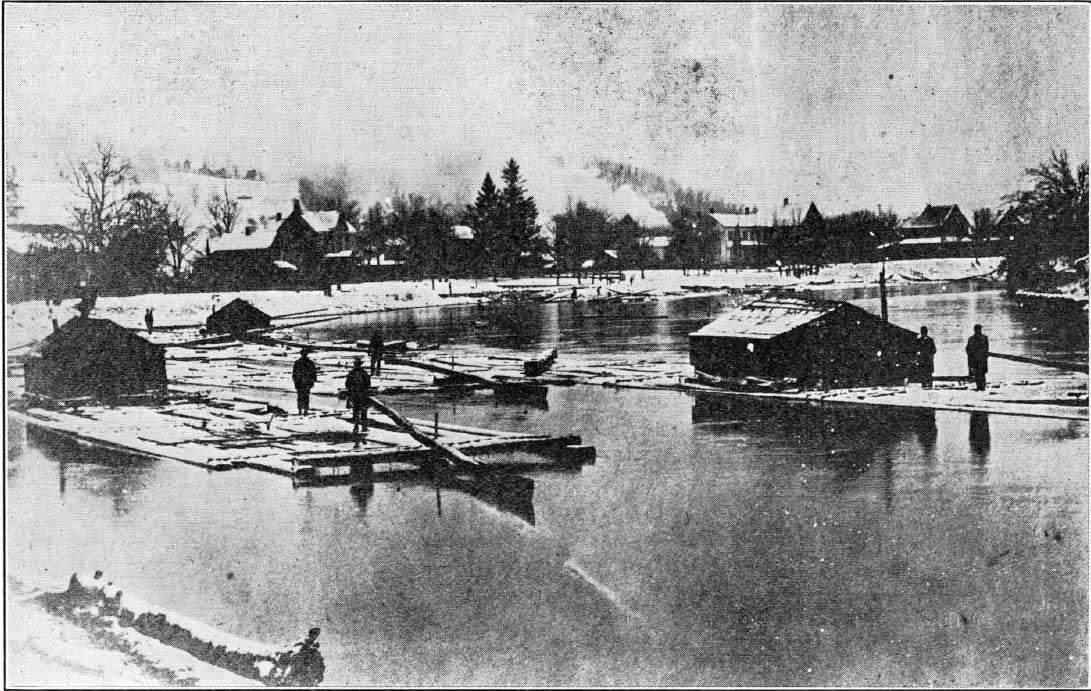| |
172 CLEARFIELD COUNTY - PRESENT AND
PAST
Clearfield No. 2 Works, 1900. It requires about four tons of clay to make a
thousand bricks, and about one and one-half tons of coal is consumed in burning
them, therefore the Harbison-Walker Refractories Company in Clearfield county,
use approximately 350,000 tons of clay and 125,000 tons of coal annually, all of
which is mined either by the company or individually in Clearfield county.
It would require thirty box cars each day to haul the
daily output of these plants.
The General Refractories Company plant at Blue Ball was
originally built in 1899 by Wm. H. Wynn, his son D. Ross Wynn and his
son-in-law, James H. France. There were about four kilns and the output was
about half that of the present plant. It was burned in 1904, but rebuilt in
1905. In 1910 The General Refractories Company bought the plant, remodeled it
and built what was used as the steam press department, there being previously
only hand brick made here. This was done about 1916-17.
There are now twenty-one kilns, there are 150 men
employed on an average and the output is 56,000 brick per day.
It requires about four tons of clay to make 1000 bricks
and about 1.18 tons of coal to burn them.
The output per year is 16,500,000 fire brick, and to
make them, 66,000 tons of clay and 27,500 tons of coal are used.
There are also a number of other brick plants in
operation in the county, at various places.
Working in Nickel. The American Nickel Corporation has
a large plant at Hyde City, near Clearfield. The stock of this Corporation is
owned by the Mond Nickel Company, Ltd., of London, England, which furnishes all
the nickel used in the American plant, from its refinery in Clydach, Wales. The
Mond Company is the largest producer of pure nickel, in the world. It ships to
the American company the nickel refined from the ore in the form of pellets,
like shot, ranging
|
|







